Issue #32: Disparity/Anscombe/Autonomy

In “The Trouble with Disparity” Reed and Michaels critique the normative approach to politics today; Responses to Michaels on Anscombe and Art; Michael Fried on Thomas Struth’s Technology Photographs; Ken Warren on the poetics of BLM; Dani Follett on John Cage; and Nicholas Brown enters The Tank.
Issue #31: Architecture
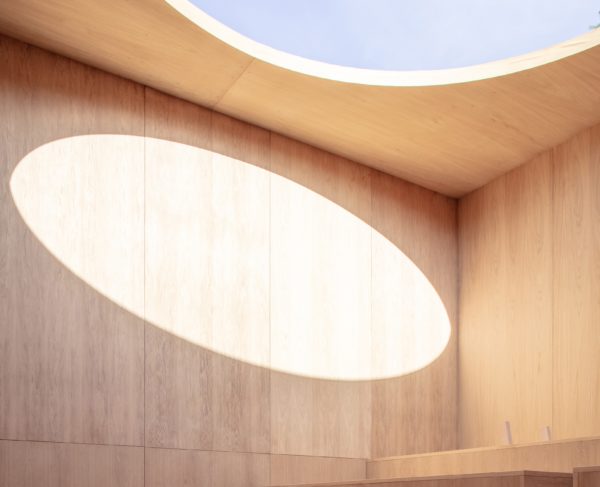
Inside the issue You May Also Like Issue #24: The Neoliberal Coup
Issue #30: Not One Step Back from Class Analysis
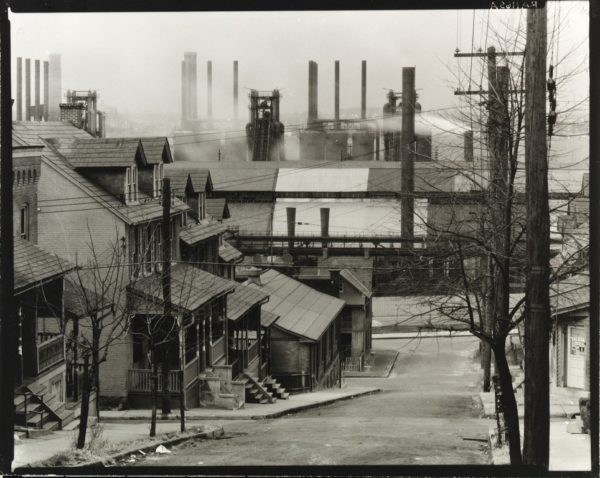
In this issue authors engage the history and future of the labor movement (returning to the example of Judith Stein), the necessity for a jobs programs, and the neoliberalization of biomedical research and of the nonviolent resistance movement spearheaded by Gene Sharp.
Issue #29: Industrial Democracy, Whiteness, and the Complexities of Black Politics
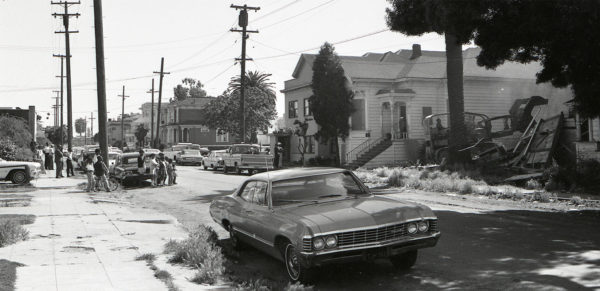
In this second installment of work inspired by the example of Judith Stein we include essays by Preston Smith II on New Urban Renewal, Touré Reed on Lester Granger, Thomas Adams on Stein, Cedric Johnson on David Roediger, and Anton Jaeger on David Graeber.
Issue #28: Historical Materialist Study of American Political History
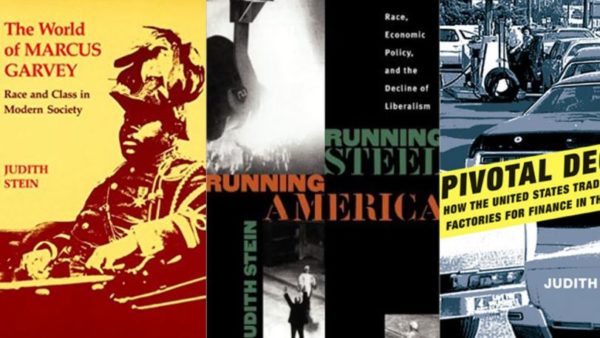
Inside the issue You May Also Like Issue #27: The Nineteenth Century (Part Two)
Issue #27: The Nineteenth Century (Part Two)
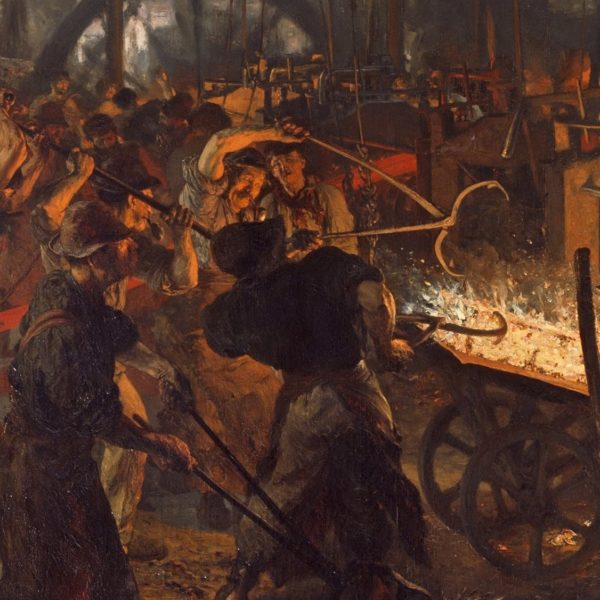
This is the second in a series of issues featuring new scholarship on nineteenth-century art. Edited by Bridget Alsdorf and Marnin Young. Editorial Assistant: Luke Naessens.
Issue #26: The Nineteenth Century (Part One)
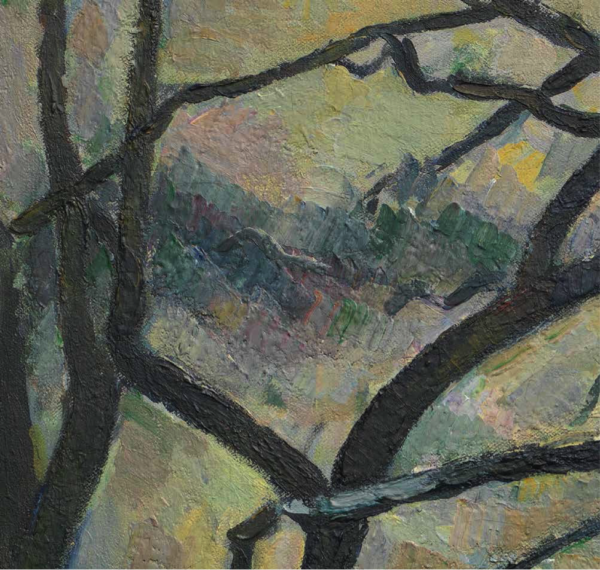
Inside the issue You May Also Like Issue #40: New Views on Modern Architecture at Mid-Century
Issue #25: Authorship/Anti-Authorship: Legal and Aesthetic
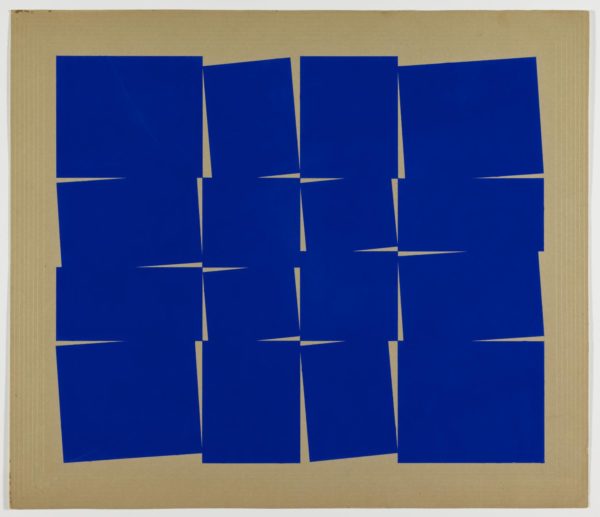
Inside the issue You May Also Like Issue #31: Architecture
Issue #24: The Neoliberal Coup
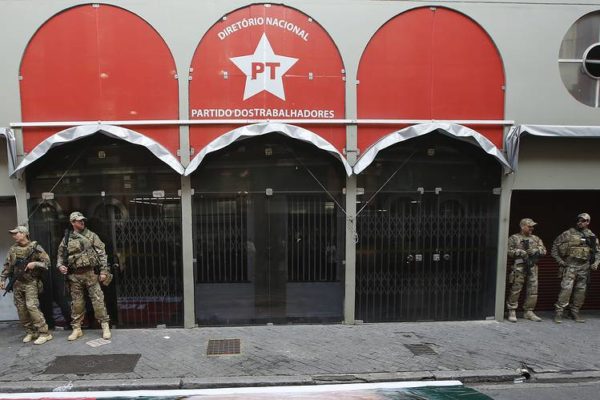
Inside the issue You May Also Like Issue #20: Political and Aesthetic Post-Mortem
Issue #23: Naturalizing Class Relations
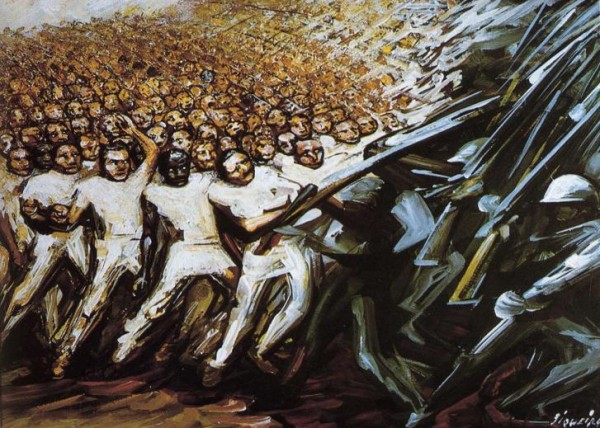
In this issue we address the various ways in which class has been naturalized by popular political alternatives. As Warren, Reed, Legette, and Michaels argue, there is a class politics to antiracism, which has been mostly expunged from public debate. Grasso considers the rehabilitative ideology of the prison system, Sowa the stakes of the new populism. Finally, Cronan and Palermo look at a current variant of neoliberalism in art history.
